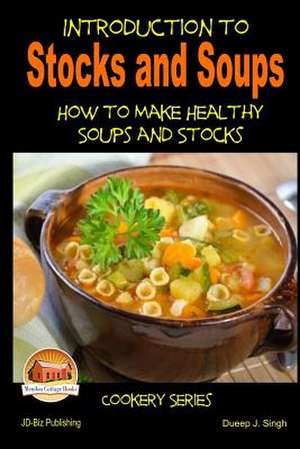Introduction to Stocks and Soups How to Make Healthy Soups and Stocks
Autor Dueep J. Singh, John Davidson Editat de Mendon Cottage Booksen Limba Engleză Paperback
Preț: 45.77 lei
Nou
Puncte Express: 69
Preț estimativ în valută:
8.76€ • 9.17$ • 7.29£
8.76€ • 9.17$ • 7.29£
Carte disponibilă
Livrare economică 11-25 martie
Preluare comenzi: 021 569.72.76
Specificații
ISBN-13: 9781505806090
ISBN-10: 1505806097
Pagini: 60
Dimensiuni: 152 x 229 x 3 mm
Greutate: 0.1 kg
Editura: CREATESPACE
ISBN-10: 1505806097
Pagini: 60
Dimensiuni: 152 x 229 x 3 mm
Greutate: 0.1 kg
Editura: CREATESPACE
